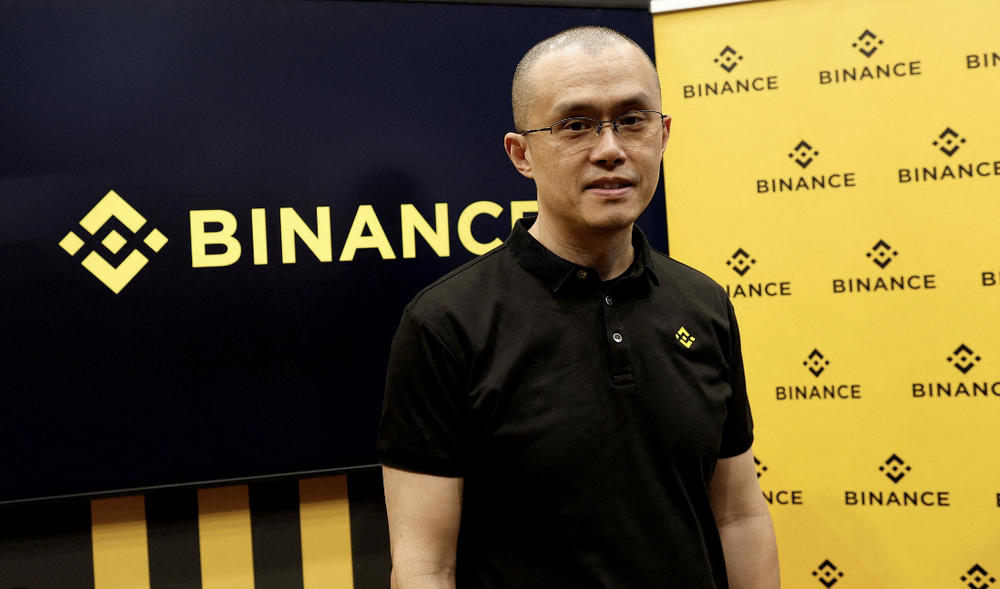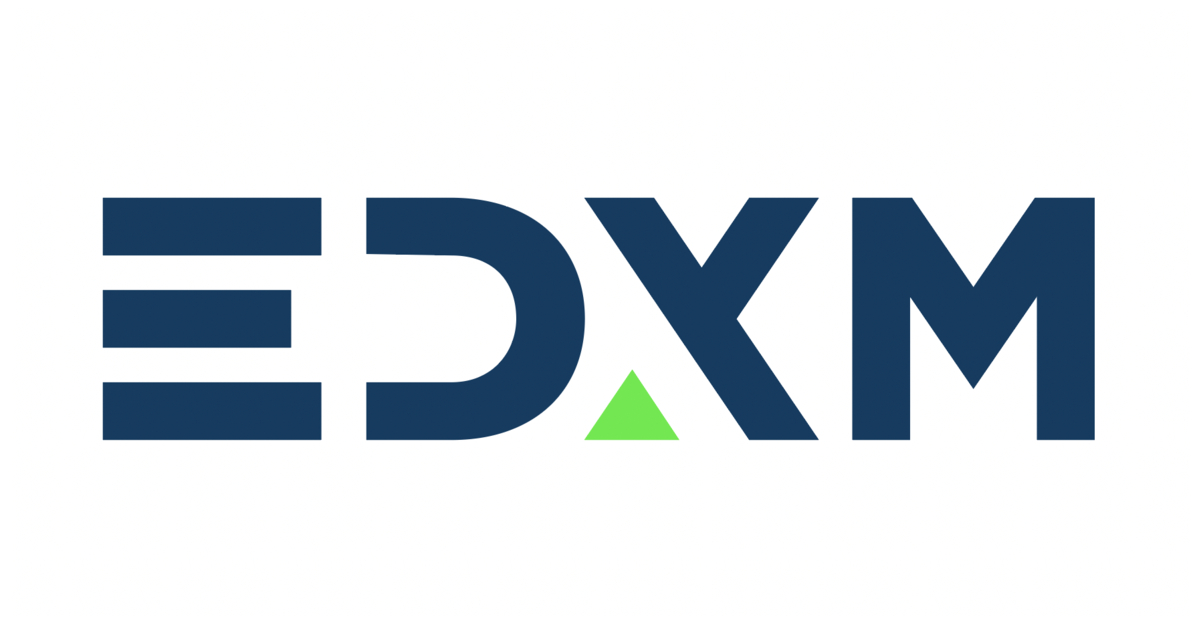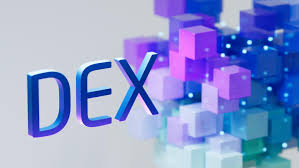Ethereum PoS test network released, this autumn can be effectively halved ETH
According to recent reports from foreign media, the Ethereum 2.0 development team has successfully achieved their goal of launching a Proof of Interest (PoS) test network in March this year, and Nimbus announced on Thursday that the PoS Beacon chain single client test network It has now been released.

Image source: visualhunt
The development team said:
- Blockchain information filing: What is the reference value? How to treat it rationally?
- Depth | Big data killing era, privacy coins will be your life-saving straw
- When does Bitcoin reach $150,000? Analyst said that it is in the next cycle
"We are now running a Nimbus-to-Nimbus test network, not only on one machine, but also from the Status and a remote boot node, and people can connect with it!
This is an important milestone in the development of Ethereum 2.0. Although the stability problem still exists and errors will occur, we now have a Beacon chain that synchronizes across nodes, and these nodes are not necessarily local, which is very important. .
We named it testnet0 – the first of a series of test networks that followed, each with new features, scalability, and stability added. In the first few weeks, testnet0 will be restarted frequently to add what we learned from feedback and monitoring.
This iteration is based on the specification version 0.5.1, using 400 validators to protect the network, 50 of which are reserved for the brave pioneer. When you join us, you will randomly get a validator assigned to you. ”
Then, they detailed how to join the test network. Nimbus is an Ethereum 2.0 implementation client similar to Geth or other Ethereum 1.0 node clients.
It is maintained by Status. From the perspective of the number of developers and coding activities, Status is certainly not one of the largest Ethereum Dapps:

Visualization of the Ethereum Ecosystem in March 2019
This is the first step for Ethereum to achieve the largest upgrade since the network was released four years ago.
Now, people all over the world can join the test network and run the Beacon chain in a lab-like environment to test and see if it performs the actions it should perform, and if not, any The vulnerability was fixed.
The developer will then release a cross-client test network. There are a lot of such clients at present, and Sigma Prime's Lighthouse eth2.0 client and Status's Nimbus seem to be far ahead.
In this regard, Nimbus has now defeated Lighthouse, and Prysmatic has become another latecomer like other clients. The next audit will be followed by an open release.
Stage 0 is the Beacon chain. Phase 1 is a storage sharding. By the fall of this year, the storage slice specification freeze can be performed, a bit like the now unchangeable framework. This seems to indicate that their progress is much faster than expected.
If we follow this timeline, then Phase 1 may end in the winter, while Phase 2, or "complete" fragmentation, may end later next year.
Phase 2 will greatly increase the capacity of Ethereum. Phase 0 provides you with a return on your investment by depositing your Ethereum into a “savings account” or by handing it over to Coinbase.
It is effectively replacing miners with token holders. Now, large industrial mines are voting within the scope of what is the “real” history of the transaction and who owns what. Beacon replaces this with 32ETH, because 32ETH can effectively vote for the same thing, so you don't have to solve the useless mathematical equations to prove that you are a real person, so you won't be attacked by witches, but by showing 32ETH To do this.
The Proof of Work (PoW) chain will run in parallel with the PoS chain for a period of time. However, the importance of PoW to security will be reduced, so block rewards will be greatly reduced to 0.6 ETH per block.
In addition, equity holders will receive 0.22, and if they continue to move at the same or faster rate, ETH will effectively halve this fall.
We will continue to update Blocking; if you have any questions or suggestions, please contact us!
Was this article helpful?
93 out of 132 found this helpful
Related articles
- Doubt blockchain chain 23 | 9012 years, the side chain is still a dead and alive Schrödinger cat?
- Application and Research of Blockchain Technology in Cross-Border Payment
- Indian regulators have procrastination? The cryptocurrency ban has not been lifted, and the people took to the streets four times to protest
- Sound | The Treasure of the Crossing of the Bulls
- Project Ubin: Singapore's central bank's attempt to apply DLT in clearing settlements (Part 2)
- Babbitt column | Blockchain + Medical: A bridge to restore trust? (under)
- Data Analysis: Bitcoin's short-term return to a reasonable valuation, the next round of bull market capitalization peak value of at least 860 billion US dollars






